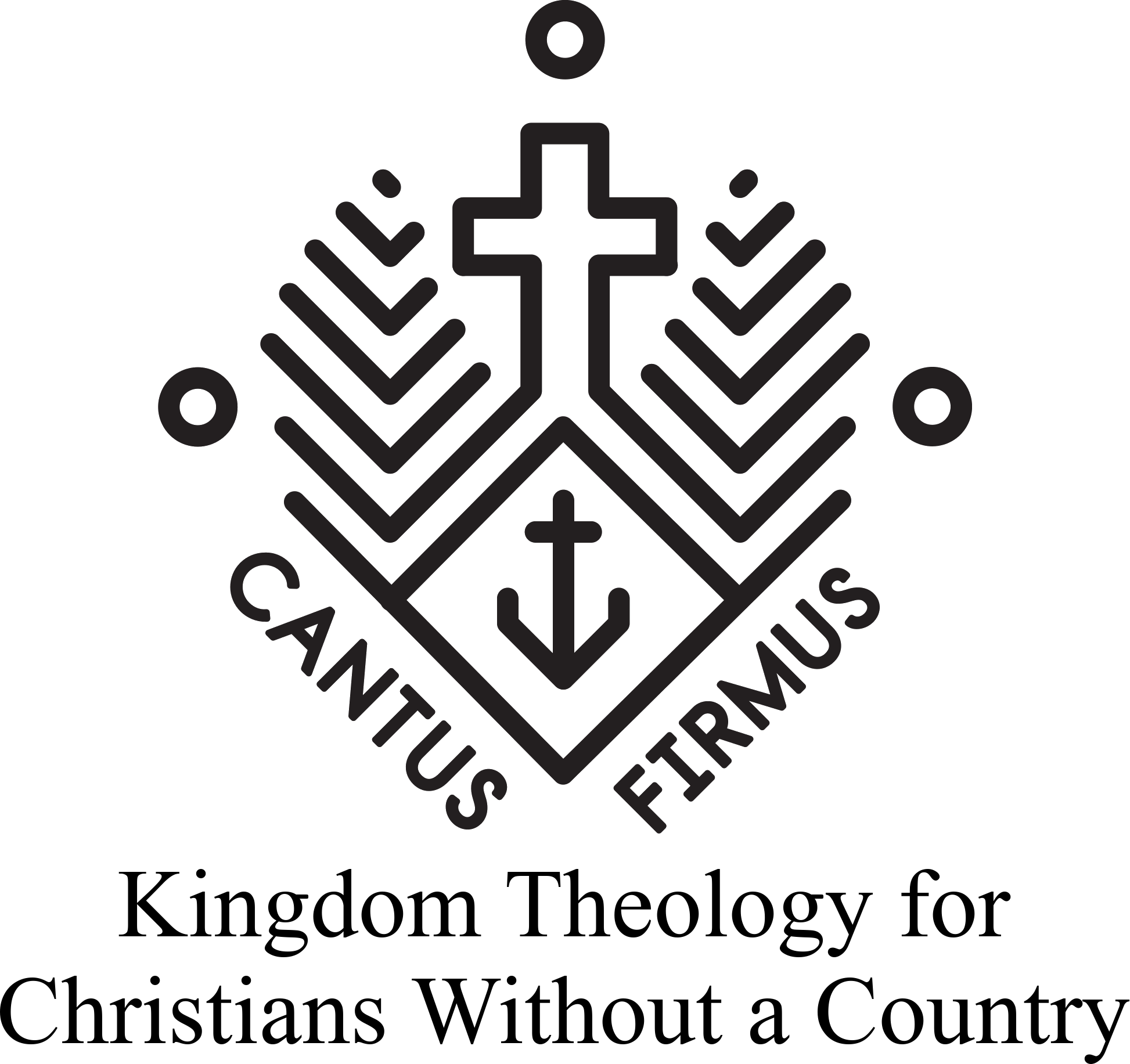Recently released on DVD, The Dark Knight Rises completes director Christopher Nolan’s Dark Knight trilogy. The plot hinges upon villain Bane’s takeover of Gotham for the purpose of destroying it, on the pretense that he is a liberator giving Gotham back to the people in an anti-rich uprising. This event pulls Batman out of retirement, forcing him to do something to save his city.
The Dark Knight Rises was released at the tail end of the Occupy Wall Street movement’s popularity. OWS was a generally strongly left leaning movement (though there were certainly libertarian factions) that reacted against a few Americans holding much of the country’s wealth. They called themselves the 99%, although compared to the rest of the world’s wealth distribution, most of them had much more in common with the wealthy 1% who lived a life of comparative leisure. That aside, many of the concerns they raised were quite valid, though some of the more extreme rhetoric was at times quite troubling.
The Dark Knight Rises places some of the OWS rhetoric into the mouth of Selina Kyle (Catwoman). Kyle aligns herself with Bane against those in power in Gotham who she views as greedy and selfish (including, ironically, Bruce Wayne, though he has admittedly been lax in recent years of his philanthropic responsibilites). At first she almost seems to view Bane as a force of retributive justice, but it doesn’t take long for her to see how volatile and twisted he is.
After Bane kills the rich and “gives Gotham back to the people,” including redistributing their property, Kyle, while looking through what once was a wealthy person’s home, woefully remarks to her friend, “This is someone’s home.” To which her friend responds, “no, it’s everyone’s home… this is what you wanted.”
Similarly, when Bane “occupies Wall Street,” some police seem less than enthralled about stopping him. When it is remarked that he’s messing with everyone’s money, one cop says, “my money’s under my pillow,” suggesting he has no sympathy for the rich because they live more comfortably. Of course, he fails to understand that the economy is an inter-connected web, and the loss of a (at least relatively) free market harms everyone, and he is chastised for it. If Wall Street falls, the money under his pillow won’t be worth anything.
Bane is not only no better than the power-hungry capitalists Kyle railed against, he is far worse– far more destructive. The implication is that one can’t be too careful when jumping on political bandwagons. Just because someone is against the old order doesn’t mean they can be trusted to bring a better new order. Political extremism is dangerous, no matter what side of the spectrum it’s on.
This point seems to be driven home by plotpoints with historical parallels, particularly in the French Revolution– an event in history where the king and many aristocrats were killed (by the use of the guillotine, the Revolution’s most terrifying symbol) and power was given to “the people,” which is to say to anti-aristocratic, anti-religious tyrants who claimed to represent the rights of all men. Their concerns about the privilege of the powerful were quite valid, but what they inherited through the tools of violent oppression were no better.
One key example of TDKR paralleling the French Revolution deals with the iconic moment par excellence of the Revolution– the storming of the Bastille prison. This is matched in TDKR by Bane storming Blackgate Prison and releasing the prisoners. In both instances it was claimed to be an act of liberation against the oppressive jailers who are at the head of society.
Other similarities include the leaders of the new order– in TDKR they are seated as judges on ridiculous high benches; during the French Revolution the Montagnards (mountain men) were named for the high benches from which they declared the fates of the formerly rich and powerful. Also of note is that the French new order’s convention began meeting in a tennis court, whereas Bane announces the new order in a football stadium. All of these parallels in TDKR point to the fact that the threat of political extremism isn’t theoretical– it’s a genuine danger. It’s happened before.
Other parallels are less specific, such as when Bane tears up a picture of Harvey Dent in front of the crowds, claiming it is a false idol. This brings to remembrance the destruction of places of worship by the anti-religious French revolutionaries. Bane claims that he has given Gotham back to the people, but then rules over it far more despotically than the capitalists and cops had before, demanding the deaths of the rich and powerful in the name of freedom. Bane is the French Robespierre, the Russian Lenin, the Chinese Mao. He claims to represent the people, and because his tyrannical approach looks different than that of the previous corrupt forces, he is mistakenly hailed as a savior. However, his impact is in hindsight only detrimental to freedom, prosperity, and human life.
The Dark Knight Rises also seems to pull from fictional protrayals of the French Revolution, specifically Charles Dickens’ A Tale of Two Cities. This becomes clear at the end of the film, when Commissioner Gordon reads an apt selection from it.
The Dark Knight Rises is a more complicated film than one might suspect at first glance. Sure, it’s a superhero movie and some of its events seem improbable, but the points it illustrates are incredibly significant for our lives, and have a lot more to do with historical and contemporary reality than we would be expected to think.
